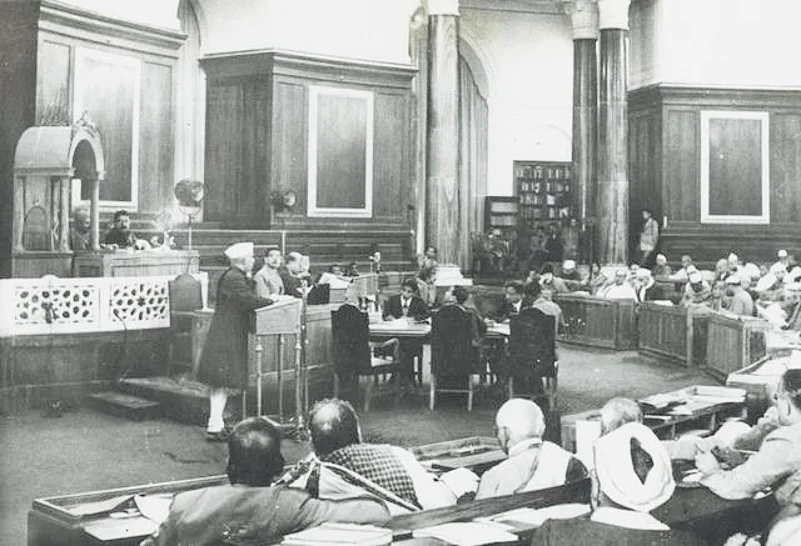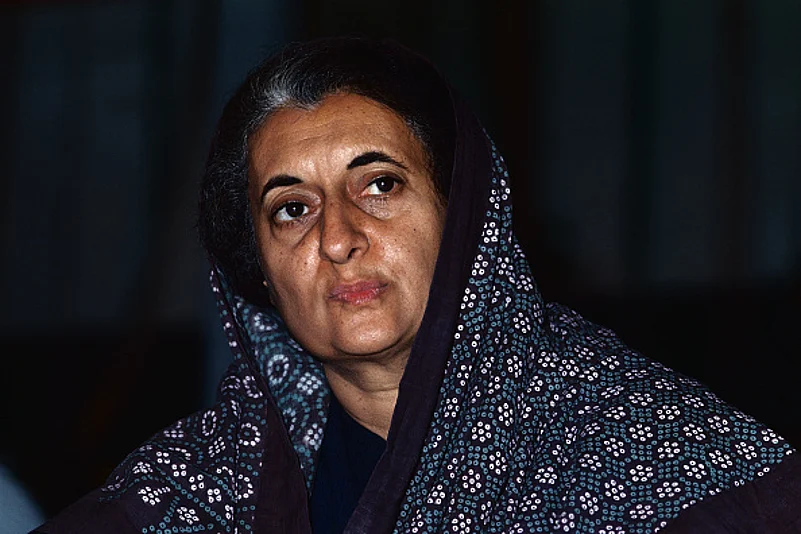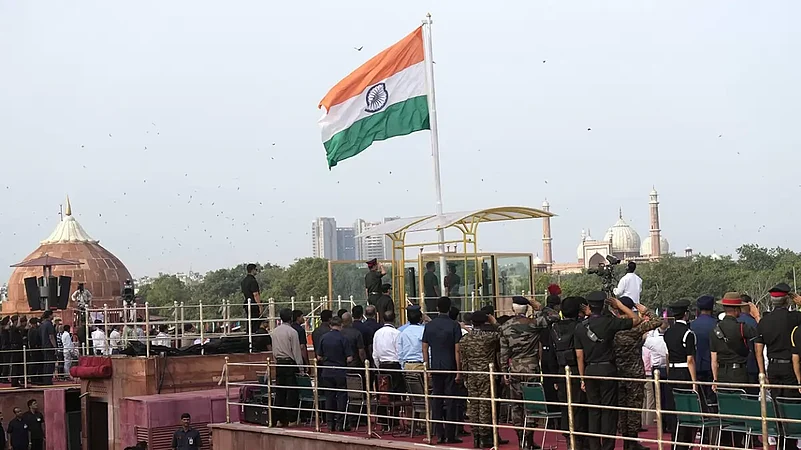“At the stroke of the midnight hour, when the world sleeps, India will awake to life and freedom,” India’s first Prime Minister Jawaharlal Nehru's said in the Constituent Assembly on August 14, 1947. After years of colonial rule, India began its journey as an independent nation on August 15, 1947.
Since then, the country has seen 14 full time Prime Ministers and over two dozen finance ministers. When India gained independence, its literacy rate was around 12 per cent and life expectancy was 32 years. As per estimates of Professor BS Minhas in 1956, over 65 per cent of Indians were poor at the time. The official data also suggested that India contributed less than 3 per cent to the world’s GDP at the time of its independence.
Advertisement

Given this background, the challenge on the hands of Indian policymakers was mammoth. Successive governments implemented several schemes and took key decisions to help India's economy progress. As the country aims to become the third largest economy in the world, the 77th Independence Day allows us to document some of the most important decisions which shaped the Indian economy over the years.
Setting Up Of Planning Commission

Inspired by the centralised planning of the USSR, Nehru’s government set up a Planning Commission in 1950 which formulated the five-year plans. Led by the Prime Minister, the roles of the new body included developing plans for the economic growth of the country, assessing the progress of policies and deciding the allocation of funds. The commission planned the development of agriculture, education, employment, environment and forests, health, urban affairs, industry and rural places. After deliberations, the first five-year plan was launched in 1951 with a focus on agriculture. The commission drafted 12 five-year plans in its lifespan, with some breaks in between when the governments of the day decided to go for annual plans.
Advertisement
The Planning Commission’s role came to an end after the current PM Narendra Modi-led government came to power in 2014. PM Modi had famously announced the decision to abolish Planning Commission during his first Independence Day address as Prime Minister.
The Green Revolution
To help increase the yield of Indian agriculture and make India a food surplus country in the 1960s, Union Government led by Prime Minister Lal Bahadur Shastri tasked MS Swaminathan to revolutionise India’s agriculture sector. By introducing high-yielding variety seeds, mechanised farm tools and irrigation facilities, the country was able to improve the production of several crops which included wheat and rice. As per reports, yield per unit improved by over 30 per cent between 1947 and 1979 due to the green revolution.
Operation Flood
While it was trying to improve the yields of important crops in the country, the Lal Bahadur Shastri-led government set up National Dairy Development Board (NDDB) in 1965 to help in the development of dairy farmers. Headed by Dr Verghese Kurien, NDDB spearheaded Operation Flood in the 1970s. Under this, thousands of cooperative societies were formed across the country following the model of Amul. Operation Flood resulted in the production of milk increasing from 21 million tonnes in 1971 to 80.6 million tonnes in 2001. The country surpassed the United States to become the biggest milk producer in the world in 1997 as a result of sustained efforts to improve the dairy sector.
Advertisement
Nationalisation Of Banks

Considered one of the most pivotal decisions in India’s banking history, Prime Minister Indira Gandhi announced the nationalisation of 14 banks on July 19, 1969. The list of banks that were nationalised included Canara Bank, UCO Bank, Syndicate Bank, Indian Overseas Bank, Bank of Baroda, Punjab National Bank, Allahabad Bank, Bank of India, Bank of Maharashtra, Central Bank of India, United Bank of India, Indian Bank, Dena Bank and Union Bank. As per the government, the decision was taken at the time to expand the banking sector to rural areas and help in the development of key sectors.
Advertisement
Liberalisation Of The Indian Economy
In 1991, the government led by Prime Minister PV Narasimha Rao and his finance minister Dr Manmohan Singh took oath at a time when the country was facing a balance of payments crisis. The set of reforms that Rao’s government took changed the face of the Indian economy and ended what is famously known as the ‘licence raj’. Abolishing licences for all industries except for 18 and allowing foreign equity investment up to 51 per cent helped in bringing in investments in the country. Due to liberalisation, the GDP growth rate increased in the following years and many private players entered the Indian markets. In the 1990s, several private banks were also started, which included HDFC Bank, IndusInd Bank, and ICICI Bank, among others. Due to this intervention, the government was able to resolve the balance of payments crisis and overhaul the Indian economy in the process.
Advertisement
NITI Aayog Comes Into Picture

One of the biggest breaks from the past was the abolition of the planning commission by the Modi government. In place of the planning commission, the Union Cabinet approved the formation of NITI Aayog on January 1, 2015. The first meeting of the new body took place on February 8, 2015. NITI Aayog officially serves as the public policy think tank of the central government.
Advertisement
The official website of the Aayog describes its mandate as, “NITI Aayog has been entrusted with the twin mandate of overseeing the adoption and monitoring of sustainable development goals (SDGs) in the country, and promote competitive and cooperative federalism among States and UTs.”
Introduction Of Goods And Services Tax
Prime Minister Narendra Modi-led government implemented the goods and services tax (GST) to simplify the taxation structure in 2017. Rallying around the “one nation, one tax” slogan, the old taxation structure was overhauled to introduce uniform rates across the country. The idea of GST was first discussed by the UPA government but it couldn’t be implemented due to a lack of consensus with some states. However, after coming to power, the Modi government continued the negotiations with states and the new taxation structure was agreed upon. The power to change the tax rates was given to the GST council, which comprises union and state finance ministers.















 Just one email a week
Just one email a week